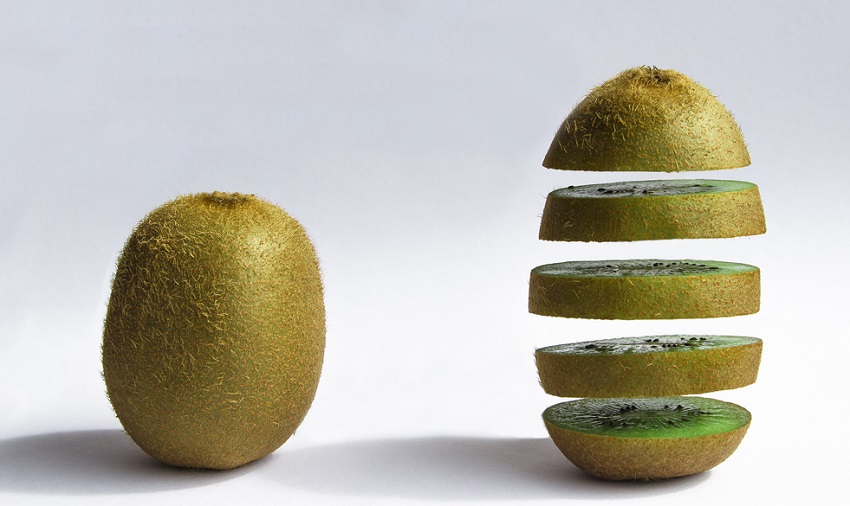Ever wondered how the kiwifruit got its name?
From humble beginnings in China to the major horticultural export earner that it is today, the kiwifruit has a long success story to tell.
Ever wondered how it got its name? Back in 1904 the principal of Wanganui Girls’ College, Mary Fraser gathered seeds from mission schools in China and brought them back to New Zealand. People thought the fruit tasted like a gooseberry and so hence the name Chinese gooseberry came about.
Then in 1959, New Zealand began exporting the fruit to the US but as this was the height of The Cold War the term Chinese gooseberry was a marketing nightmare for Turners and Growers. It was then that the name changed to kiwifruit after our national bird, the kiwi – small, brown and furry, just like the fruit.
In the late 1970s, New Zealand Kiwifruit growers began experimenting and developing the golden kiwifruit. Seeds were imported from China, where a female plant was chosen for its yellow flesh and excellent flavour and crossed with a male plant proven to produce large, succulent fruit.
Kiwifruit is an excellent source of vitamin C (no surprises there) and is also high in vitamin K, copper and dietary fibre. It is also a great source of vitamin E, potassium, folate, and manganese. All this, packed into one little kiwifruit.
Of course, all fruit is good for you, but kiwifruit’s low GI (glycemic index) means its insulin won’t rise as high, compared to other fruits which have a higher natural sugar content.
Eating 2-3 kiwis a day has been shown to reduce the potential of blood clotting by 18% and reduce triglycerides by 15%. Many people (like those at risk of stroke or have had a stroke before) take aspirin to reduce blood-clotting, but this can cause side effects including inflammation and intestinal bleeding. Could this mean the kiwifruit will move into medical science in the future? We will have to wait and see.
Though nothing beats slicing a perfect kiwifruit in two and grabbing your teaspoon, the kiwifruit is now moving across the board into salads and mains and popping up in interesting ways in restaurants. Here are a few ideas to get those juices flowing at home.
Breakfast Ideas: Add to yoghurt and smoothies plus they are a great topping for your morning pancakes.
Salad: Add to a black or brown rice salad with red onion, strawberries, mint and cashews. A brilliant mixture of sweet and tart flavours.
Dinner Ideas: Matches well with lime juice, red onion, and chillies to liven up tropical salsas to pair with fish, chicken, and Mexican dishes. You can also substitute Asian-style recipes that call for fruit.
Dessert Ideas: Puree kiwifruit with lemonade and freeze in small cups for a popsicle treat; freeze the mixture in an ice cream maker for a simple sorbet. And of course, add kiwifruit to fruit kebabs which kids always get excited about.
Here at ProducePronto Ltd we aim for 10% of our office fruit delivery boxes to include this magnificent furry fruit for it’s good taste and popularity with customers.
New Zealand’s 2500+ kiwifruit growers produce around 100 million trays for export with the majority of kiwifruits coming from The Bay of Plenty. Though New Zealand is second in place behind Italy as the largest kiwifruit producers in the world, there is no mistaking the history, development of the golden kiwi and its distinctive appearance, make it well and truly a great New Zealand product.
